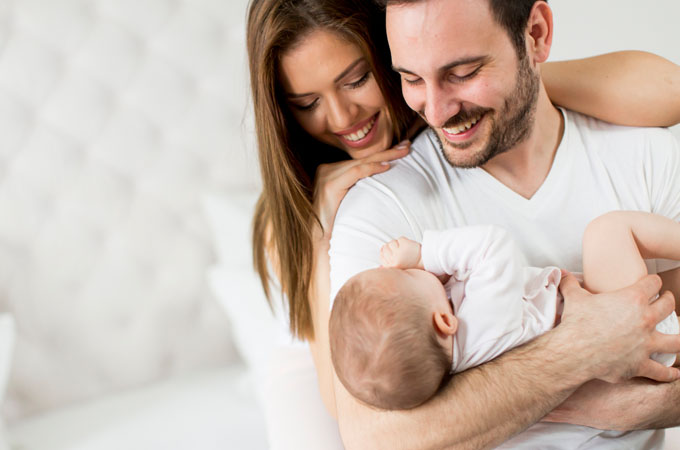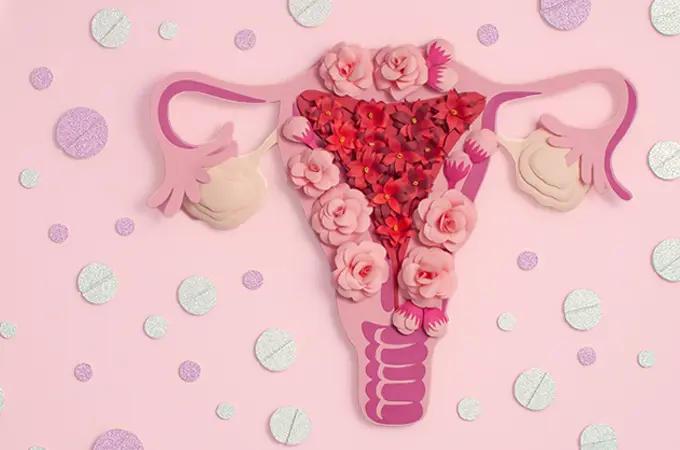In the March issue of Baltimore Style Magazine, SGF Medical Director, Dr. Eric Widra and SGF social worker, Laura Covington, LCSW-C, provided insight into the article “Pregnant Possibility, Women and couples struggling with infertility get to experience pregnancy and childbirth thanks to donated embryos” written by Jennifer Walker. Dr. Widra provided insight into the new option available at Shady Grove Fertility for both current and graduated patients of SGF – embryo donation.
Embryo Donation, Another Option to Have a Baby
Every couple who has experienced infertility knows all too well how painful the journey can be. Before achieving success, many couples will work through unforeseen setbacks and sometimes these setbacks will leave them wondering if they’ll ever become parents and feeling as though they have run out of options. A newer option for couples that’s becoming increasingly accessible and popular is embryo donation.
The Predicament: Extra Embryos from Fertility Treatment
Couples who have been successful with in vitro fertilization (IVF) oftentimes are left with extra embryos they aren’t planning to use. These embryos will be frozen and couples have choices about what to do with them. The embryos can be kept frozen in storage, discarded, used for scientific research, or donated anonymously to couples whose path to parenthood requires embryo donation to help build their family.
According to Covington, there are several reasons couples may decide to donate their embryos:
- For religious or ethical reasons, not wanting to discard the embryos
- To give another person or couple the opportunity to have a child(ren)
The Embryo Donation Process
The Donor Embryo Program at SGF began in Spring 2016, which includes strict guidelines for couples both using donated embryos as well as couples wanting to donate their embryos. For example, both the couple who donates as well as the couple who uses donated embryos are required to attend a mandatory psycho-educational counseling session.
Dr. Widra gave Baltimore Style an overview of the medical process for a couple using a donated embryo at Shady Grove Fertility. He says, “the woman will have to take hormones to get her body ready for pregnancy, including estrogen to help her uterine lining develop and progesterone to make that uterine lining receptive to an embryo.” The CDC reports that there is a 50 percent average pregnancy rate and approximately 40 percent live birth rate for couples who use donor embryo.
Embryo Donation vs. Embryo Adoption
One important distinction discussed in the article is the difference in the terms “embryo donation” and “embryo adoption.” At Shady Grove Fertility, we use the American Society for Reproductive Medicine Ethics Committee guidelines, which state that, “using the term ‘adoption’ in relation to embryos is misleading because it encourages people to think of an embryo as a ‘fully entitled legal being’,” says Dr. Widra. He expands on this important difference highlighting the emotional sensitivity involved in the process and the need to keep expectations realistic. “The act of relinquishing an embryo is very different than the act of relinquishing a child,” Widra adds.
Read the full article in Baltimore Style Magazine. If you’re interested in donating your embryos, or using donated embryos to have a baby, we encourage you to learn more about the Donor Embryo Program at Shady Grove Fertility. To learn more about the Donor Embryo Program or to schedule an appointment with Dr. Widra or one of our other 38 physicians, call 1-877-971-7755






